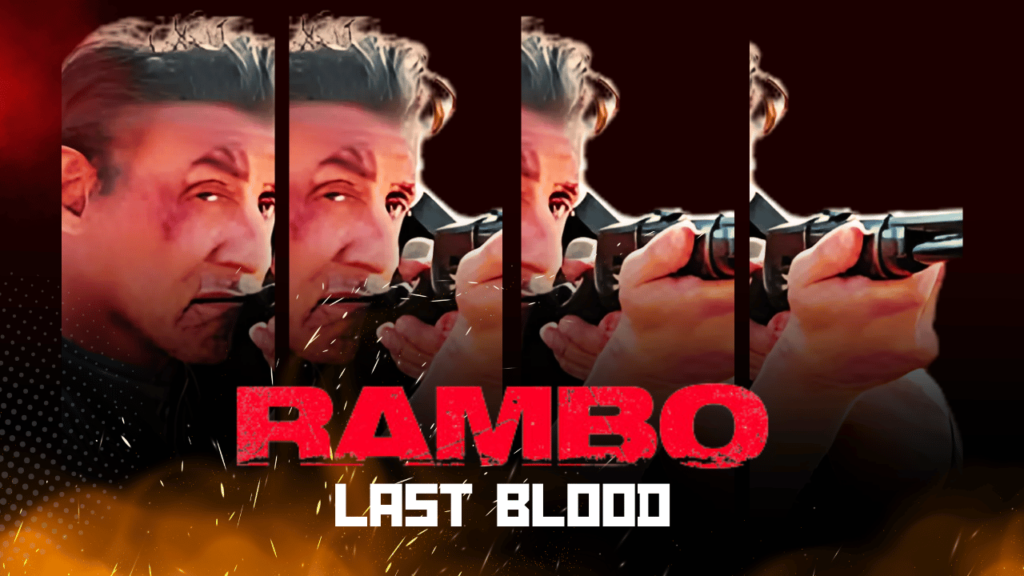Rambo must confront his past and unearth his ruthless combat skills to exact revenge in a final mission.

Sylvester Stallone’s John Rambo returns for a brutal final chapter in Rambo: Last Blood, a film that blends over the top action with a thin narrative. Directed by Adrian Grunberg (Get the Gringo), this 89 minute thrill ride targets die hard franchise fans but stumbles with clichés and cultural insensitivity. Let’s break down what works and what doesn’t in this bloody farewell to the iconic Vietnam vet .
Plot & Structure: Taken Meets Home Alone
The story opens with Rambo living a quiet life on an Arizona ranch, caring for his surrogate family: housekeeper Maria (Adriana Barraza) and her granddaughter Gabrielle (Yvette Monreal). When Gabrielle ventures to Mexico to find her estranged father, she’s kidnapped by a sex-trafficking cartel led by the Martinez brothers. Cue Rambo’s vengeful rampage, which culminates in a Home Alone style showdown at his booby trapped ranch .
While the premise echoes Taken (elderly hero rescues a loved one), the execution feels rushed. At 89 minutes, the film sacrifices character development for non stop violence, leaving emotional beats undercooked .
Stallone’s Performance: Aged but Relentless
At 73, Stallone delivers a physically committed performance. His Rambo is weathered, haunted by PTSD, and reliant on pills to numb his rage a poignant touch that adds depth to the action hero archetype . Early scenes showcase rare vulnerability, like his admission: “I’m just trying to keep a lid on it” .
However, the script (co written by Stallone) reduces supporting roles to stereotypes. Paz Vega’s journalist Carmen disappears mid plot, while the Mexican villains lack nuance, leaning into tired cartel tropes .
Action & Violence: Gore Galore
Last Blood doubles down on brutality. The final act features exploding heads, severed limbs, and a Grand Guignol finale where Rambo turns his tunnels into a slaughterhouse. Director Grunberg borrows from horror films, with CGI heavy kills that border on cartoonish .
Fans of the franchise’s 2008 reboot will recognize the hyper violent tone, but critics argue the excess feels gratuitous. One review compares it to “a disaffected adolescent pulling the wings off flies” .
Cultural Controversy: Problematic Portrayals
The film’s depiction of Mexico sparks criticism. Beyond the cartel villains, the country is framed as a lawless “bad neighborhood,” reinforcing harmful stereotypes. Latinx characters are either criminals or passive victims, missing opportunities for complexity .While Rambo films have never been politically subtle, Last Blood’s one dimensional approach feels outdated in 2019 .
Legacy & Final Verdict
Last Blood attempts to close Rambo’s arc with callbacks to First Blood (1982), including a montage of past films during the credits. Yet, the rushed ending leaves room for sequels Stallone hinted at Rambo 6 in interviews .
Perfect For: Die hard Rambo fans craving mindless violence; avoid if seeking depth or cultural sensitivity.
